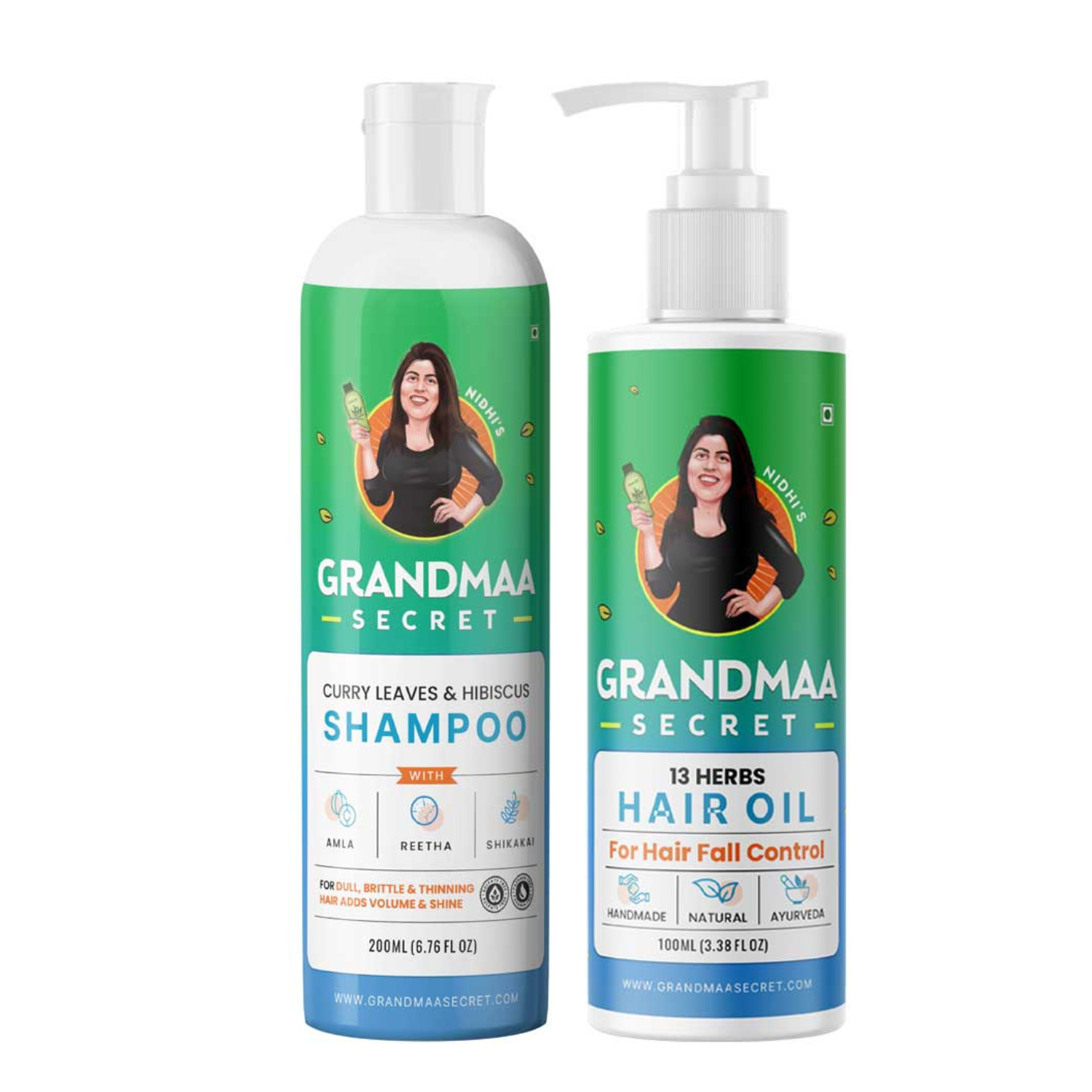Introduction
When it comes to hair issues, many people confuse hair shedding with hair breakage, which can make finding the right solution a bit tricky. The good news is that these are two entirely different problems, and once you know how to spot the difference, you can easily fix them. Understanding what’s causing your hair to thin or break off can help you choose the right treatments, adjust your hair care routine, and prevent future damage.
So, let’s dive into the differences between hair shedding and hair breakage, their causes, and how to prevent both to maintain healthy, strong hair!
What Is Hair Shedding?

Understanding Normal Hair Shedding
First off, hair shedding is a completely natural process. On average, you lose around 50 to 100 strands of hair each day. This happens because every hair strand has its own life cycle, and after a certain point, it naturally falls out to make room for new growth.
This shedding is part of your hair's growth cycle—after a strand grows for a few years, it enters a resting phase, then falls out to be replaced by a new one. So, if you notice a few hairs on your pillow or in the shower drain, don’t worry! It’s just your body’s way of renewing your hair.
What Is Hair Breakage?

How Hair Breakage Is Different from Shedding
Hair breakage, on the other hand, is not part of the hair’s natural cycle. It occurs when your hair becomes weak and brittle, causing it to break off mid-shaft instead of shedding from the root. This can be caused by a number of factors, such as over-styling, chemical treatments, or improper hair care techniques.
While hair shedding happens at the root, hair breakage occurs along the hair strand. If you notice short, broken pieces of hair rather than full strands with the bulb at the end, you’re likely dealing with breakage rather than shedding.
Signs to Help You Identify Hair Shedding vs. Breakage
How to Spot Hair Shedding Vs Hair Breakage - The Hair Bulb Test
How to Spot Hair Shedding
If you're wondering whether your hair is shedding or breaking, here’s a quick tip: inspect the strand closely. Hair shedding will have a tiny white bulb at the end of the strand, which means it fell from the root. You’re most likely shedding if you see these full strands in your hairbrush or on your pillow.
How to Spot Hair Breakage
If the hair strands are shorter and don’t have the white bulb at the end, you’re dealing with hair breakage. These broken pieces will look jagged and shorter than your usual hair length. Breakage is usually found after heat styling or when your hair is excessively dry or damaged.
Common Causes of Hair Shedding

1) Stress-Related Hair Shedding
One of the biggest reasons for excessive hair shedding is stress. When your body is under pressure—whether it's from emotional stress or physical trauma—your hair can enter the shedding phase prematurely. This condition is known as telogen effluvium, and it can lead to noticeable hair loss.
2) Hormonal Changes
For women, pregnancy, childbirth, menopause, or even starting or stopping birth control can cause sudden hair shedding. These hormonal shifts can throw your hair cycle out of balance, leading to temporary hair loss.
3) Nutritional Deficiencies
Your hair needs essential nutrients like biotin, iron, and protein to grow strong. A poor diet or vitamin deficiency can result in increased hair shedding. If your body isn't getting enough nutrients, it prioritizes vital organs, leaving your hair lacking the resources it needs to grow.
Common Causes of Hair Breakage

1) Excessive Heat Styling
Using heat styling tools like flat irons, curling wands, or blow dryers too often can cause your hair to become dry and weak, leading to breakage. The heat strips the hair of its natural moisture, making it prone to splitting and breaking.
2) Chemical Treatments
Chemical treatments like hair coloring, bleaching, or perming can weaken your hair structure, causing it to break easily. Frequent exposure to these treatments can damage the protein bonds in your hair, leaving it fragile.
3) Lack of Moisture
Dry hair is brittle hair. When your hair lacks moisture, the strands can easily snap, especially when detangling or brushing. Using harsh shampoos or not conditioning your hair regularly can worsen the dryness.
4) Wrong Hair Tools
Believe it or not, using the wrong comb or brush can also cause breakage. Rough plastic brushes or combs with tight, rigid bristles can pull on your hair, leading to damage. Instead, opt for gentle tools like a wide-toothed comb or a neem wood comb to prevent unnecessary tugging.
How to Prevent Hair Shedding
1) Manage Stress
If stress is causing your hair shedding, it’s important to manage it through relaxation techniques like yoga, meditation, or even a calming hobby. Reducing stress can help your hair return to its normal growth cycle.
2) Focus on Nutrition
Make sure your diet is rich in hair-friendly nutrients like vitamins A, C, D, E, and zinc. Consider adding supplements if needed, and don’t forget to include plenty of protein-rich foods in your diet to help boost hair growth.
3) Use Mild Hair Products
Harsh shampoos and hair products can irritate your scalp and make shedding worse. Switch to gentle, sulfate-free shampoo and conditioners that nourish your scalp and promote healthier hair growth.
How to Fix and Prevent Hair Breakage
1) Deep Conditioning
To prevent hair breakage, it's crucial to keep your hair moisturized. Use a deep conditioning treatment once a week to restore moisture and repair damaged hair. Products with natural oils like coconut or argan oil can work wonders for strengthening your strands.
2) Use Heat Protectants
Before you use any heat styling tools, make sure to apply a heat protectant spray to shield your hair from high temperatures. This creates a barrier between your hair and the heat, reducing the risk of breakage.
3) Switch to Gentle Hair Tools
Ditch harsh plastic combs and brushes in favor of gentle, natural materials like a wide-toothed comb or a brush with soft bristles. These tools are less likely to cause friction and breakage when detangling your hair.
4) Limit Chemical Treatments
While coloring and styling can be fun, try to limit the number of chemical treatments you expose your hair to. Opt for more natural methods, like henna for color, and always use deep conditioning treatments after chemical services to minimize damage.
How to Build a Hair Care Routine for Stronger, Healthier Hair

1) Hydrate Regularly
Hydration is key to preventing both hair shedding and breakage. Use hydrating shampoos and conditioners and follow up with a leave-in conditioner to lock in moisture.
2) Protect Your Hair from Environmental Damage
Cover your hair when you're out in the sun or pollution. Using a silk or satin scarf can protect your hair from harsh elements, preventing damage and keeping it soft.
3) Trim Regularly
Regular trims can prevent split ends and breakage. Make sure to trim your hair every 6 to 8 weeks to keep it healthy and strong.
Conclusion: Healthy Hair Starts with Understanding the Root Cause
In summary, knowing the difference between hair shedding and hair breakage can help you identify the root cause of your hair issues and choose the best solution. By following the tips and solutions mentioned here, you can maintain stronger, healthier hair and minimize both shedding and breakage. Remember, the right hair care routine makes all the difference!











